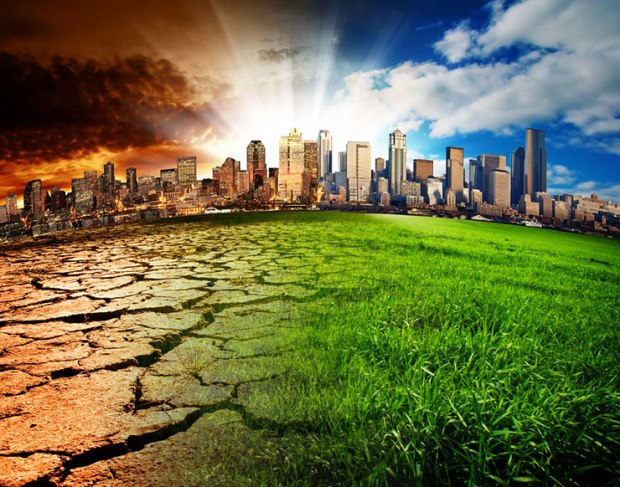
Figure 1: Climate Change Source: kwest/Shutterstock.com
Scientific evidence for warming of the climate system is unequivocal.
– Intergovernmental Panel on Climate Change
Climate change is a contentious and hotly debated topic that divides political parties and communities worldwide.
According to NASA (2015), ‘Multiple studies published in peer-reviewed scientific journals show that 97 percent publishing climate scientists agree: Climate-warming trends over the past century are extremely likely due to human activities’.
While the science community is in agreement, it is clear that Australia has an economic interest in the maintenance of a global fossil fuel economy given its status as the world’s largest exporter of coal (Beeson & McDonald 2013).
In the 2016 Yale University Environmental Performance Index, Australia dropped ranks to now be placed as 150th out of 169 countries for its trend in carbon emissions from electricity generation(Yale University 2016).
Former Prime Minister Tony Abbot was quoted as saying “Coal is good for humanity, coal is good for prosperity, coal is an essential part of our economic future, here in Australia, and right around the world,” he said.
According to 350.org, Australia, since the last election The Coalition and Labor received large donations to the sum of $3.7million dollars from fossil fuel companies.
In the decade to 2014, the fossil fuel industry spent $484 million on major lobbying bodies such as the Minerals Council of Australia and Australian Petroleum Production and Exploration Association (APPEA). This kind of money can distort the views not only of politicians, but set media agendas and influence the community (Ormerod 2016).

Figure 1: Temperature Anomaly Source: NASA 2015
A ReachTEL poll of 2,400 respondents in May 2016 revealed that 56% believed the government needed to do more to address climate change and 64% would vote for a party policies that plans to source 100% of Australia’s energy from renewable sources such as wind and solar ( Holmes, 2016).
The Chief Executive Officer of the Australian Conservation Foundation, Kelly O’Shanassy said “the vast majority of Australians recognise that we need new and powerful laws to protect the places we love from the impacts of climate change. It is clear from this poll that an increasing number of Australians support that goal on climate change grounds,” she said( Mitchell 2016).
Based on the evidence available one cannot argue with the facts. With a strong scientific consensus about the need for Climate Change action and consequences of non-action, it is in all our best interests and also of future generations that we all work towards renewable energy sources and reaching a clean carbon neutral world.
For further viewing, watch scientist Brian Cox take on One Nation’s Senator Malcom Roberts on ABC’s Q & A is excellent viewing and shows how people can twist the facts and scientific data to suit their own political agenda.
References
Beeson,M & McDdonald M 2013, ‘The_politics_of_climate_change_in_Australia’ Australian Journal of Politics and History, Vol. 59, No. 3, pp. 331-348.
Climate Change n.d., digital image, kwest, viewed 8 September 2016, http://climate.nasa.gov/solutions/adaptation-mitigation/
GreenshackDotinfo 2016, Professor Brian Cox explains climate science to denier Australian Senator Malcolm Roberts, video, 15 August, viewed 7 September 2016, https://www.youtube.com/watch?v=LxEGHW6Lbu8
Mitchell, T 2016, Poll: Punters Are Looking For Stronger Environment Policies, viewed 8 September 2016,https://newmatilda.com/2016/05/16/poll-shows-voters-think-coalition-should-be-doing-more-for-the-environment/
Ormerod, T 2016, ‘Resetting the Political Moral Compass on Climate Change’ ABC, 24 May, viewed 7 September, http://www.abc.net.au/religion/articles/2016/05/24/4468424.htm
Temperature Anomaly 2015, digital image, NASA, viewed 8 September 2016, http://climate.nasa.gov/scientific-consensus
NASA 2015, Scientific consensus: Earth’s climate is warming , viewed 8 September 2016, http://climate.nasa.gov/scientific-consensus/
Yale University 2016, Yale Environmental Performance Index – 2016, viewed 8 September 2016, https://issuu.com/2016yaleepi/docs/epi2016_final



